Gene Editing: Mutant Animals, Designer Babies, And Extinct Species Resurrection
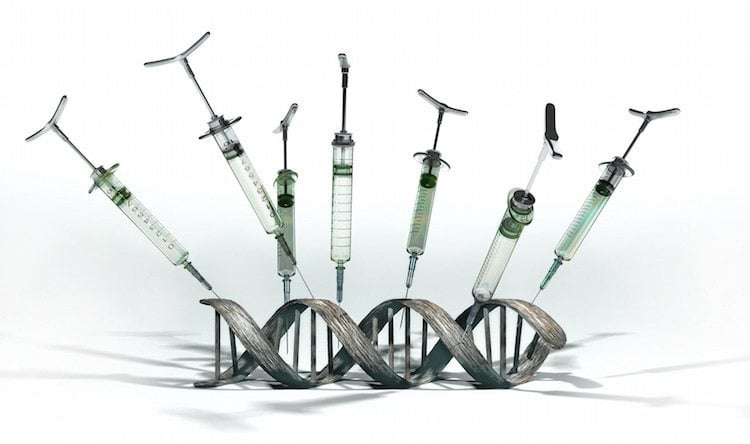
Image Source: Organic Lifestyle Magazine
We have the ability to edit the genome and thus create new types of organisms not seen in the natural world. When the DNA of one organism is added to the genome of another, a genetically modified organism is created. The added gene, or transgene, inserts itself into the chromosome of the individual.
As a result, this modification can be passed down to offspring as a new genome component. We thus have the ability to create a new species or, in combination with cloning, even bring an extinct species back from the dead.
For example, you may recall genetic scientists creating a fluorescent rabbit in 2013. Researchers provided embryos of a pregnant rabbit with a naturally glowing jellyfish protein. The rabbits were born completely healthy and, in normal white light, they all look like normal white rabbits. However, turn on a black light and two of the litter lit up neon green.
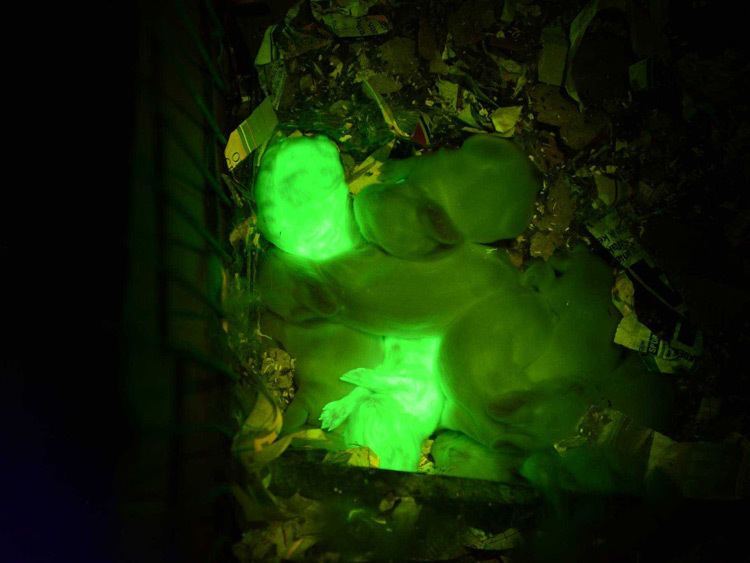
Image Source: Business Insider
Researchers used the fluorescent protein as a marker in the experiment so they could observe how injected genetic material might affect the rabbits, and in more recent experiments, dogs, cats, pigs, and mice have been turned fluorescent green as well. In fact, “pharm animals,” animals used by medical researchers in genetic experiments, have been around for a few years. In 2009, the FDA approved the use of genetically-engineered goats to produce a human anti-clotting blood protein.
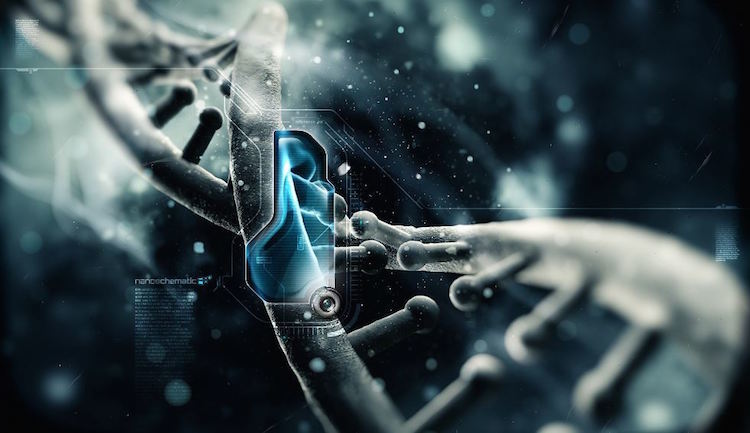
Image Source: Geekswipe
And the genetic modification process is only becoming faster and easier. At the beginning of this year, Dr. Tony Perry of the University of Bath announced that the latest technology, the CRISPR/Cas9 system, has offered a more precise way to edit DNA than ever before. It is now a simple matter of cutting DNA with molecular scissors to make mutations. Perry has been testing this genome engineering technology by targeting and editing the genes of mice embryos at the moment of conception. Speaking to the BBC, Perry said, “It is approaching 100% efficiency already, it’s a case of ‘you shoot, you score’.”
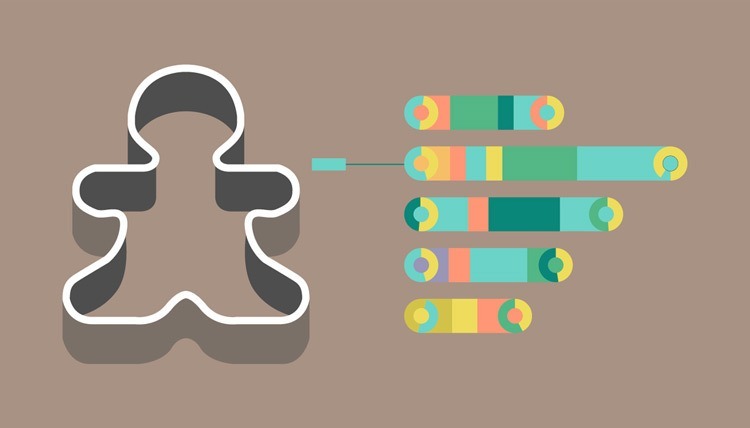
It is also possible to use this new technology to insert new pieces of genetic code at the site of the cut. As such, the concept of “designer babies,” genetically modified children free of disease and selected for beauty or intelligence or any number of other traits are no longer science fiction. The age of genetically modified humans could be just around the corner.
Preventing And Eliminating Disease With Gene Therapy

Image Source: BioNews Texas
Less ominous sounding than cloning or mutation, the process of gene therapy allows us to detect natural, non-manmade mutations that cause genetic disease, then fight that disease by introducing a normal gene into an individual’s genome–we’re still talking about genetically modified humans, but likely a more palatable kind, for most. So far, gene therapy has been attempted on somatic cells (body cells) for diseases like immune deficiencies, hereditary blindness, hemophilia, and cancer. Using gene therapy on somatic cells can reverse symptoms of disease in an individual; however, the modification will not be inherited by the next generation.
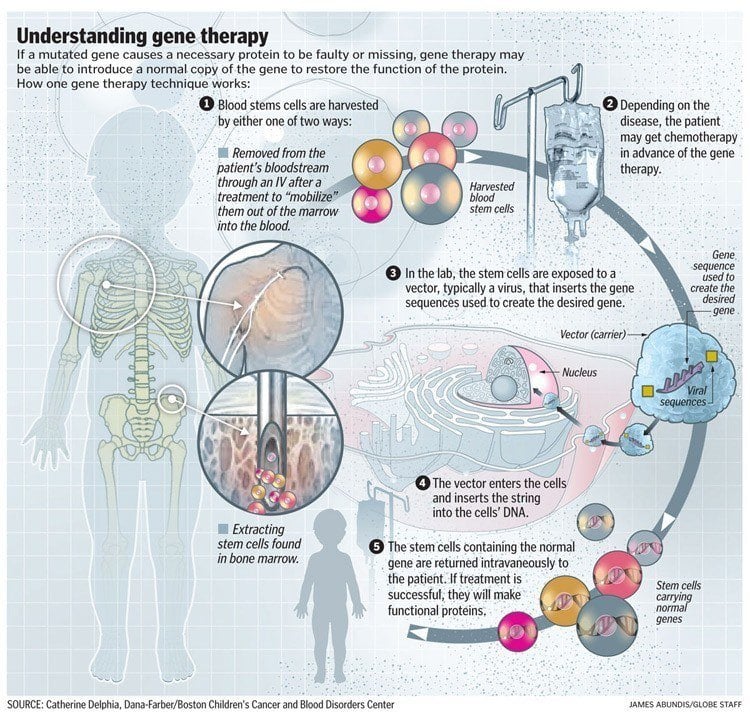
Image Source: The Boston Globe
That said, germinal gene therapy hopes to replace dangerous mutations within the germ line (sex cells) with normal genes, thus eliminating genetic disease from future generations. This goal has been achieved in animals on an experimental level—and humans may be next. Gene therapy would change the game of diagnostics and treatment in medicine. Because we can identify most genes that cause or increase the risk of a particular disease, we could eliminate the threat at the source.





